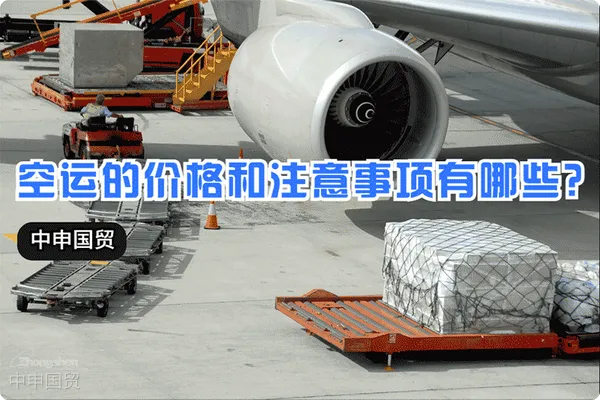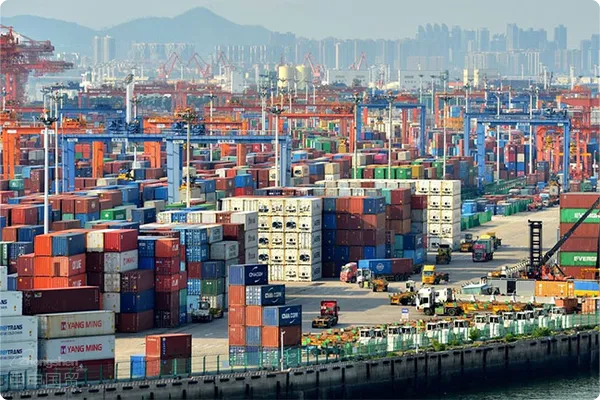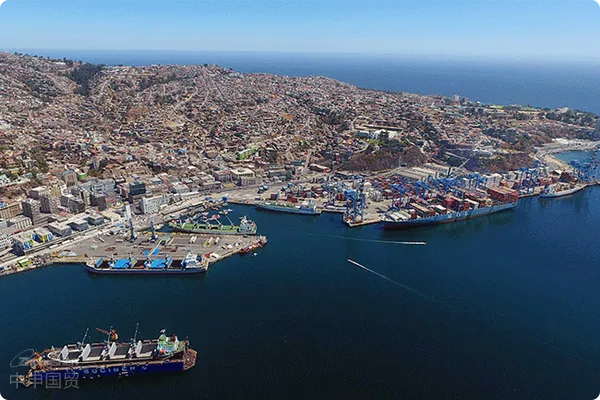- Shanghai Zhongshen International Trade Co., Ltd. - Two decades of trade agency expertise.
- Service Hotline: 139 1787 2118
Relevant Introduction
Air TransportationAs one of the fastest modes of transportation in international trade, air freight rates and considerations are crucial for both buyers and sellers. Below is some information on air freight rates and key considerations:

Air Freight Rates
Calculation Method: Air freight rates are typically calculated based on the weight (kilograms) or volume (cubic meters) of the cargo, whichever is greater, known as the chargeable weight.
Fuel Surcharge: Airlines may impose additional fuel surcharges due to fluctuations in fuel prices, which affect operational costs.
Other Fees: These include insurance, storage, unloading, customs clearance, and other related charges.
Precautions
Packaging: Perishable, fragile, or easily damaged goods require appropriate packaging materials and methods to ensure safe transportation.
Customs Clearance: Customs clearance procedures may be required at the destination, and the agent company needs to provide necessary documents and information to ensure smooth customs clearance.
Insurance: To protect the safety of the goods, appropriate cargo insurance should be purchased before air transport.
Transit Time: Although air freight is fast, the price is relatively high, requiring a trade-off between cost and speed. Buyers need to consider the urgency of the goods and acceptable transit time.
Destination Arrangements: Buyers need to contact the agent company before the goods arrive at the destination to arrange details such as receipt and delivery of the goods.
In summary, air freight is an efficient and fast method of cargo transportation, but the price is relatively high. For buyers purchasing large quantities of perishable goods, they should weigh factors such as the urgency of the goods and acceptable transit time to choose suitable trade terms and transportation methods. At the same time, attention should be paid to details such as cargo packaging, customs clearance procedures, insurance, and destination arrangements to ensure the safe arrival of the goods.
Related Recommendations
? 2025. All Rights Reserved. Shanghai ICP No. 2023007705-2  PSB Record: Shanghai No.31011502009912
PSB Record: Shanghai No.31011502009912









